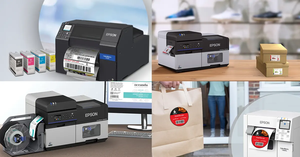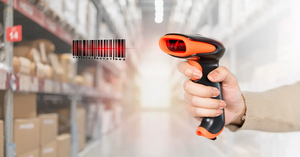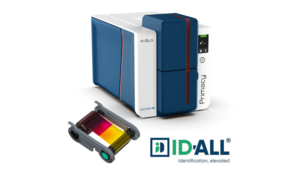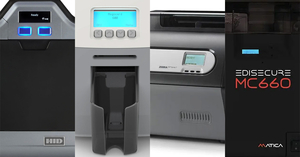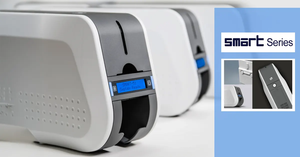What’s the Difference Between PET and PVC Cards?
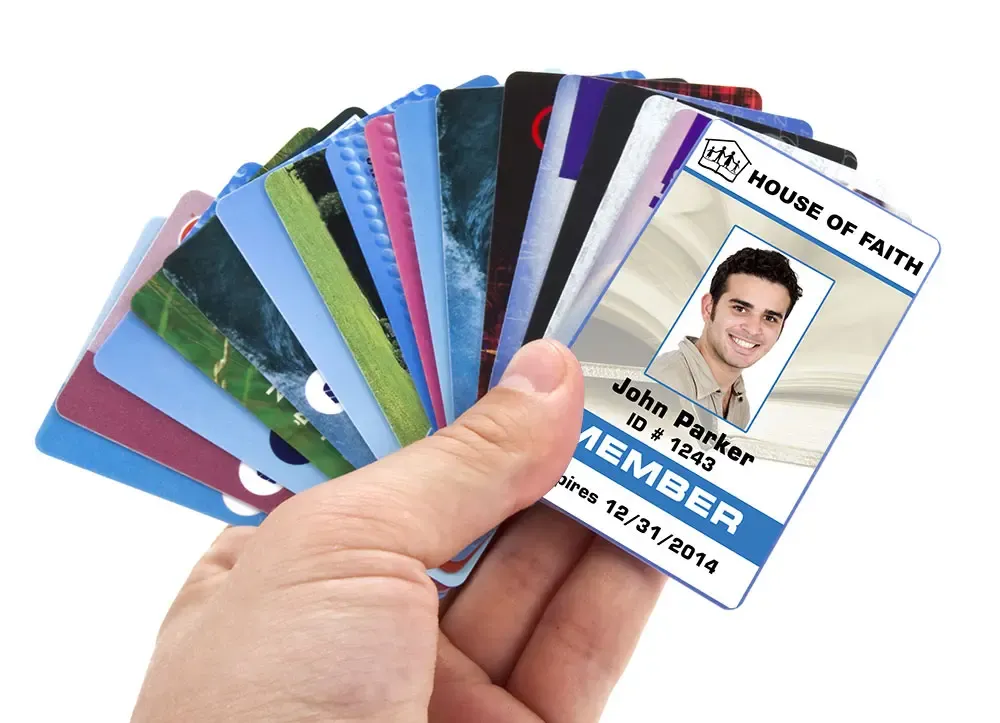
You may have wondered what’s the difference between PVC and PET cards used for identification purposes. Here are a few quick guidelines for selecting the appropriate card for your needs and budget.
What are PVC Cards?
PVC stands for polyvinyl chloride, an inexpensive plastic material that standard ID cards are made of. It is the generally accepted ID card material for most printing needs. Specifically, if you have a dye sublimation ID card printer, you’ll get the best quality and professional-looking results by using PVC cards for your identification needs.
The drawback with PVC cards is that they don’t stand up well to heat. If your security ID cards are going to be exposed to high temperatures such as when laminating your cards or if you’re using a retransferprinter, PVC cards will warp or bend slightly or even crack.
What are PET Cards?
PET stands for polyethylene terephthalate, which is a plastic resin and form of polyester. PET cards—or Composite PVC-PET cards—are made up of a combination of PVC and polyester that’s highly durable and heat-resistant. Typically made of 40% PET materials and 60% PVC, Composite PVC-PET cards are constructed to be stronger and to withstand high heat settings, whether you laminate or print with retransfer ID card printers.
They’re also longer-lasting than PVC cards. This strong composite material reduces the likelihood of your ID cards breaking, warping, cracking, or even melting when exposed to high heat settings.
You won’t sacrifice quality when you choose a Composite PVC-PET card either. They are fully capable of producing professional-looking ID security cards for your needs. And they can also work in dye sublimation printers as well.
Composite PVC-PET cards are usually a little more expensive than the standard PVC cards, but since they last longer, you’re less likely to need to reprint ID cards for your employees, students, or customers because the card has been damaged in some way.
Handy Guidelines to Have
Here are a few guidelines to help you choose which card is the best solution for your needs.
Use the Composite PVC-PET cards when:
- You need to laminate your ID cards.
- You have a retransfer printer.
- Your ID cards are used in harsh environments or temperature conditions.
- You’re constantly replacing broken, torn, or warped ID cards.
- You want your ID cards to last 3 or more years.
If none of these conditions apply to your needs, the PET cards are a more economical and feasible choice.
The IDSecurityOnline Difference
You can find a variety of PVC and Composite PVC-PET cards to choose from here [ LINK TO PVC CARDS PAGE ]. IDSecurityOnline offers you a selection of colored PVC cards, cards of varying thickness, adhesive-backed PVC cards, and PVC cards with magnetic stripes. You’re certain to find something that meets your requirements.
IDSecurityOnline also offers a selection of Composite PVC-PET Cards—either with or without magnetic stripe—that work with a wide variety of ID card printers.
Your best option is to call one of our experts today to discuss your current ID card printer and your specific needs for an ID card. We’ll guide you to the right choice that meets your requirements and your budget.
